What does carissa look like and how to grow it?
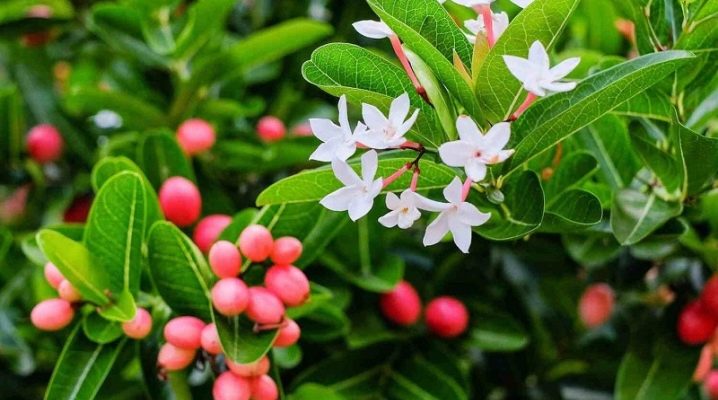
Karissa belongs to the Kutrov family and can look like a branchy shrub or a small tree. It grows wild in Africa, Australia and East Asia. In the rest of the world, carissa can be found in the form of a beautiful home plant with fragrant flowers and edible fruits that resemble small cream, which is why growers call exotic bushes "indoor plums".
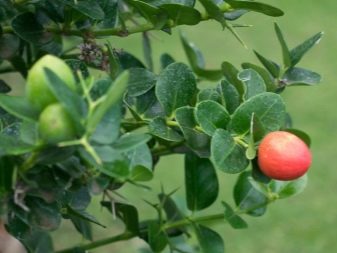
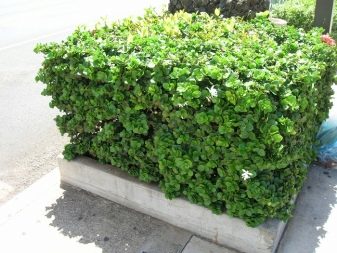
general description
Under natural conditions, Karissa grows from 2 to 10 m. In a room, the height of the plant varies from 50 to 100 cm. The bushes are characterized by the growth of flexible branches sticking out randomly in different directions. If the plant is not trimmed, its shape will be difficult to define. Strong thorns (3–7 cm) sprout on the spreading branches, they help wild bushes to climb the slopes. Gardeners use this property to create a green hedge, from which a reliable fence is obtained that cannot be overcome by a robber or an animal.
Carissa branches are overgrown with dense, waxy, light green oval-shaped leaves, their length is 2–7 cm and depends on the size of the plant itself. Five-petalled white flowers have a diameter of 1 to 5 cm, when favorable conditions are created, flowering continues for a significant part of the year.
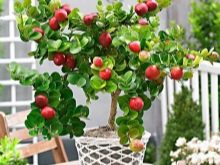
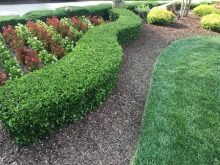
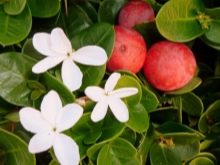
The fruits look like miniature cream and taste like strawberries. Under natural conditions, the size of the berries is small - 1.5 cm. Cultivated plants, thanks to the efforts of breeders, can have berries 5-6 cm in diameter. Depending on the variety and ripening period, the fruits differ in a different color palette: there are pink, red, brown, purple and almost black specimens. Each fruit can contain up to 15 seeds.
Karissa is unpretentious in care, it is not difficult to grow it, therefore it is recommended for novice growers... Whoever decides to take a flower for his maintenance should know that all its parts are poisonous, except for the fruits, and even those become safe only when they are fully ripe. The berries of selected plant varieties are used in nutrition.
Decorative types of carissa are used to create hedges and garden designer sculptures.
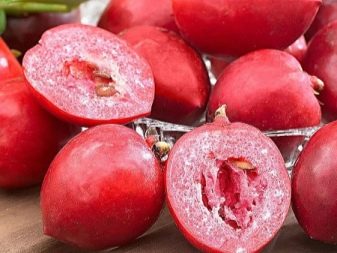
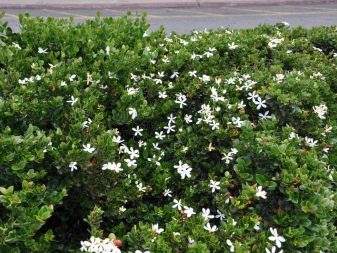
Types and varieties
Data on the number of natural carissa species are very contradictory, in different sources you can find numbers from 8 to 35. Thanks to breeders, the number of new varieties is only growing from year to year. Gardeners work in two ways.
- Enhances the nutritional value of fruits, achieve enlargement of their size and high yield.
- The emphasis is on the decorative possibilities of the plant.... Such varieties are endowed with small dimensions, dense branches, a small number of fruits with an abundance of fragrant flowers. The most successful decorative variety is the large-flowered grandiflora (Carissa grandiflora). Its dwarf varieties are ideal for creating bonsai.
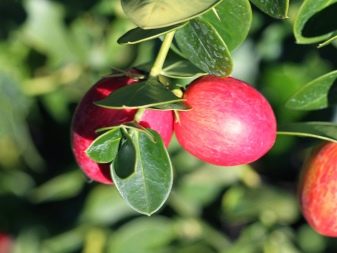

You can also highlight and othersugie special varieties of carissa.
- Macrocasp - Carissa macrocarpa... Variegated variety of large-fruited or large-flowered carissa. It is loved by flower growers for the unusual variegated color of the leaves with light edging.
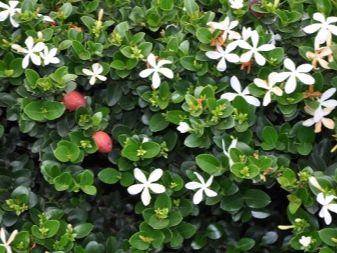
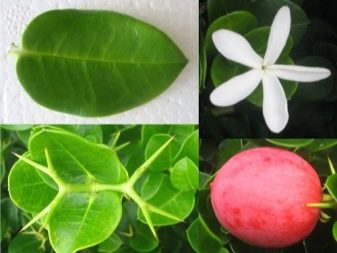
- Two-spiked - Carissa bispinosa... The plant can be represented as a shrub or a small tree with an incredibly branched crown. Dark green leaves are endowed with a waxy gloss. The fruits are bright, red, elongated.
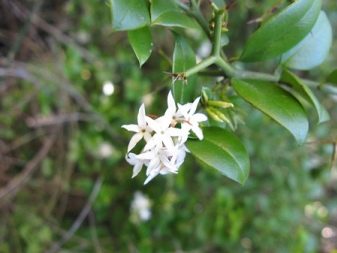
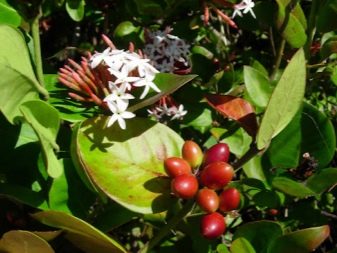
- Abyssinian - Carissa abyssinica... In nature, the shrub is small, no more than 3 meters, but at home it grows up to a meter, which is quite a lot for a windowsill. When fully ripe, the fruits have a juicy sweet pulp.
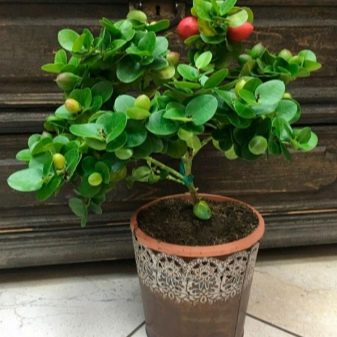
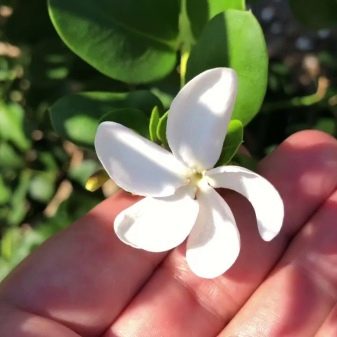
Care
The plant is unpretentious, it will grow in any apartment conditions: with a wet or dry microclimate, in drafts and near radiators, with a lack of lighting. But carissa has its own preferences in care, if you take them into account, you can achieve rapid growth and fruiting.
The necessary conditions
Karissa is thermophilic, as it grows in hot countries and prefers an abundance of warmth and light. It is better to install a pot with a bush by a window facing the south side; the eastern and western directions of the windows are slightly less suitable. Lack of light will cause the plant to stretch out the branches, they will become thin, and will not be able to support the development of flowers and fruits. The bush will lose its expressiveness, splendor and will not please with an attractive exotic appearance. In this regard, in winter, it may be necessary to illuminate with phytolamps.
The plant can be taken out to a loggia or veranda from spring to autumn. Although it loves warmth, it is capable of not losing its vitality even at +3 degrees, but this is an extreme option - you should not practice it. The most active development of the bush occurs at a temperature of 20-27 degrees. It is advisable for the plant to be on the veranda or balcony provided that the air temperature does not drop below 14 degrees. Indoor air that is too dry during flowering can cause buds to fall off.
In such conditions, the purchase of an air humidifier will be useful not only for the bush, but also for the owners of the apartment.


Watering
With regard to watering, the carissa prefers moderation and regularity. As soon as the topsoil dries up, the bush should be lightly watered. The main thing is not to overdo it, excessive flooding of the plant can lead to decay of the roots. Watering once every 2-3 days will be sufficient.
If the water for irrigation is used from a public water supply, it must be defended for several days to get rid of the bleach. From time to time, the bush should be bathed in the shower, this will help to knock the dust off the foliage, although you can do with a spray bottle.
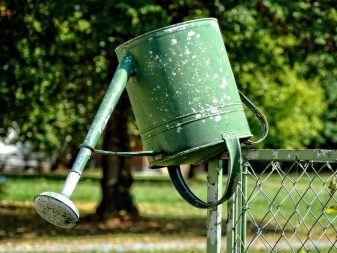

Top dressing
If the room is cold during winter, the plant may freeze and not bloom in anticipation of higher temperatures. During this period, it does not need feeding. If the temperature is favorable, nutritional supplements should be applied every 3 weeks throughout the year. To maintain the flowering state of the bush, it needs to be fed with fertilizer with phosphorus. To create a powerful living fence, nitrogen compounds will be needed: they provoke the growth of branches and leaves. When watering, iron chelates are sometimes added to the water, they help the plant produce chlorophyll and maintain a constant fresh green color of the foliage.
To maintain the healthy state of carissa, you can use complex fertilizers for growing roses. Any type of dressing should be applied taking into account the size of the pot and having studied the accompanying information.
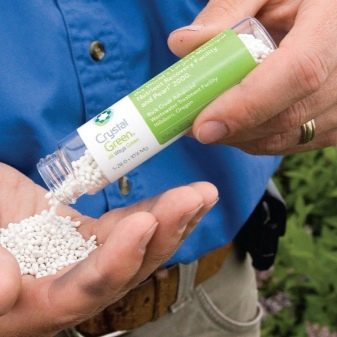
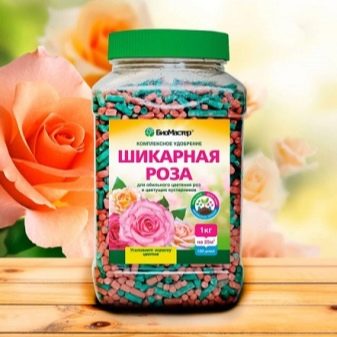
Transfer
Karissa grows quickly, she becomes cramped in the pot, which she outgrows. Up to three years of age, the bush should be transplanted annually, each time choosing a capacity larger than the previous option. An adult plant also needs replanting to obtain fresh nutrient soil. It can be produced less frequently than during the growth period - once every three years. The transplant is carried out in the following way.
- Prepare a pot or container appropriate for the size of the plant... Ceramic products are the most acceptable.
- Pebbles are laid out at the bottom and sprinkled with sand... Drainage will help the remaining moisture leave the pot in a timely manner and prevent the roots from rotting.
- The bush is watered abundantly a few hours before transplanting... Then carefully removed from the soil and placed in a prepared container.
- All voids are slowly filled with nutritious soil... Then press lightly to compact the ground.
- After watering, the pot is placed on the windowsill, but they protect for several days from direct sunlight, allowing the bush to settle down in new conditions.
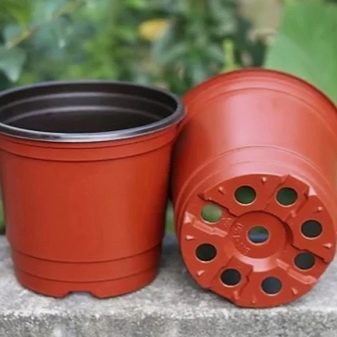
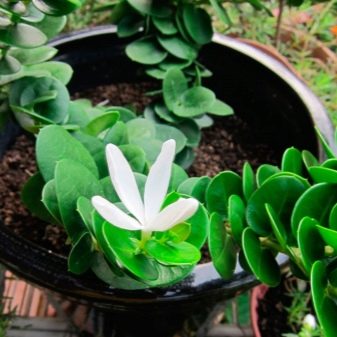
For transplanting, it is important to use the most suitable soil composition for carissa. Indoor plums can take root in different soils, but in order to get a beautiful healthy plant, it is better to use a light, nutritious substrate with slightly alkaline indicators.
The soil mixture can be purchased at a flower shop or you can prepare it yourself. Peat, humus, turf and sand (all in equal parts) must be added to the composition of ordinary garden soil.
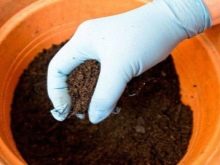
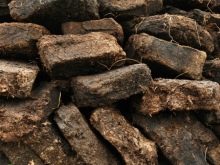
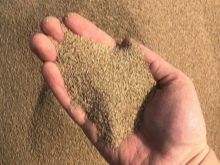
Pruning
Karissa does not differ in neat forms, its rapidly growing branches stick out in different directions, creating a chaotic bush outline. Pruning and trimming are a must for this plant.... Even from the moment the sprout takes root, the tip is pinched at the height of the fourth or fifth leaflet, redirecting the growth of the carissa in breadth. Pruning is done annually: either from April to early June, when flowering ends, or after fruiting. Because of the sharp thorns, the formation of the crown of an exotic bush is not an easy task, it is better to protect yourself with gloves.
It is more convenient not to engage in independent breeding, but to purchase a ready-made bush grown in a nursery... It is formed by specialists using special preparations. Such plants are dominated by a strong short trunk, insignificant internodes, directed branches. It is easier to manage the bush from the nursery, you just need to remove excess shoots in time so that the carissa does not run wild again and does not turn into untidy green growth.
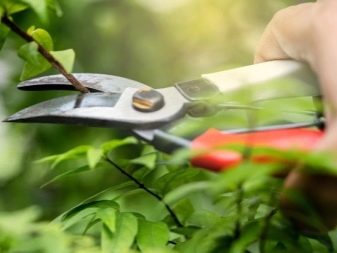
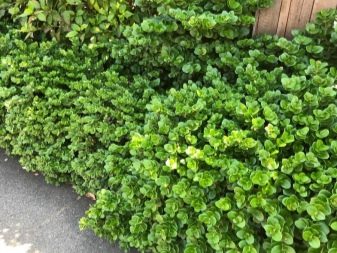
Reproduction
Carissa can be propagated in the spring using seeds or cuttings. The second method is less painstaking and gives quick results. The plant develops well and blooms already in the first year of its life, while flowering in bushes with seed reproduction occurs only in the second year.
Cuttings
Twigs cut from a carissa bush do not give roots in the water, they should be rooted immediately in the soil, just as they do with parts of roses. Strong cuttings with three internodes, which are in the initial stage of lignification, are considered ideal planting material. Having chosen a suitable twig, it is slightly cut and left untouched on the bush. At this time, the plant will mobilize forces to eliminate the cut and send strengthening substances to it.
A complete cut is performed 2–3 hours after the incision. Such a stalk acquires additional vitality necessary for rooting. The cut is processed with "Kornevin". Then the twig is dropped into a light fluffy soil specially prepared for it, supplemented with peat and perlite. From above, the cutting is covered with a glass jar, under which a special microclimate is created for its development.
It will take a few months to fully root the plant.
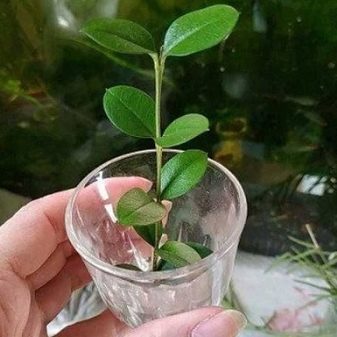
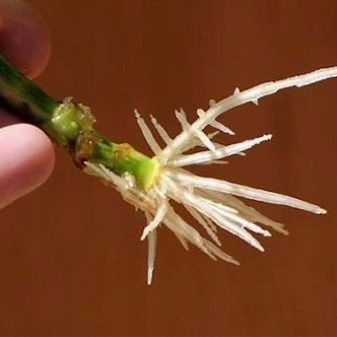
Seeds
For propagation of carissa, seeds are purchased in specialized stores. The expiration dates should be checked, since the planting material for this plant does not differ in vitality.... If you can get a ripe fruit and extract seeds from it, success in breeding an exotic bush will be more likely. To plant seeds, you need to prepare a box on the bottom of which to lay out drainage. Peat and sand should be added to regular garden soil to make the soil lighter. The seeds should be soaked in warm water in advance or placed in a well-moistened napkin, over time they will swell or even hatch. Prepared seeds are planted in rows to a depth of 1 cm in 3 cm increments.
A box with seedlings is watered and covered with transparent film to create a greenhouse effect. Once a day, cellophane is removed for ventilation.The soil is sprayed from the spray gun only when it dries up, thanks to the film, this does not happen often. When the seeds rise about 2 cm above the surface, the shelter is removed, but the state of soil moisture continues to be monitored. For 5 cm sprouts, you can pinch the tops to stimulate the branches. When the seedlings grow to a size of 6–7 cm, they are dived using intermediate, more spacious containers, in which they are grown before transplanting into separate pots.

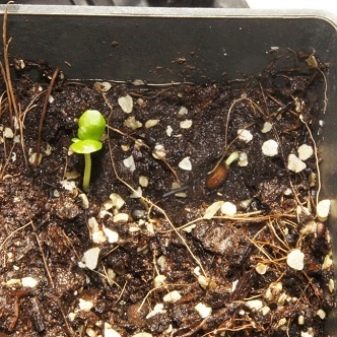
Diseases and pests
Karissa is quite resistant to disease, but careless care can damage her. For example, thin, emaciated branches are formed from a lack of light, the buds fall off when the air is very dry, leaves are thrown off due to rare watering. It is also not worth pouring the plant too hard, an excess of moisture can cause root rot. If the disease has occurred, the bush should be systematically sprayed with the fungicide "Fundazol" or use a one percent solution of Bordeaux mixture. Pests such as spider mites and scale insects can interfere with the development of carissa. The leaves of the plant are cleaned from the scabbard by hand and only then they are sprayed with a solution of the drug "Aktara". It is also added to water for irrigation. The procedure is repeated several times.
If a spider mite is wound up, it will spread to other plants, so you should act immediately. To combat it, use such chemicals as "Actellik", "Fufanon"... Those who are not ready to use chemistry in an apartment can turn to biological preparations: Fitoverm, Akarin.
It should be remembered that spider mites start in conditions of excessive dryness. Blooming and fruiting carissa bushes are beautiful and do not require complicated care, they are worthy of having them on your windowsill.

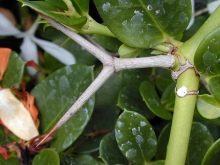
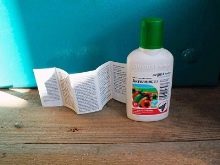



































































The comment was sent successfully.